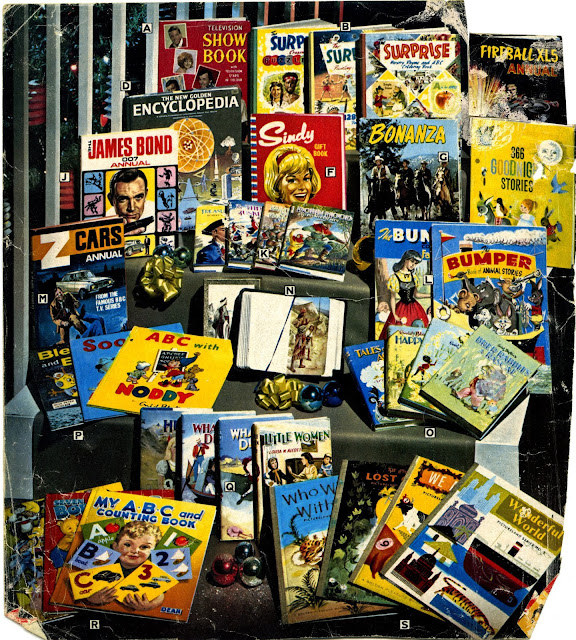 |
| They were the Village Green Preservation Society – the Kinks. L-R: Pete Quaife, Ray Davies, Dave Davies, Mick Avory |
I recently met the author of this small
but informative book about the album The Kinks are The Village Green Preservation Society. The venue for this encounter
was a symposium on the subject of 60s film, and, specifically, the
question of where 60s pop culture belongs in the 21st
century. Not surprisingly, there was a lot of love for the Kinks, and
having spent more than a decade masquerading as Ray Davies in a Kinks
tribute, I drew on this experience myself in considering the subject
under discussion.
The band in question – Kounterfeit Kinks (look us up on facebook) – had played a mere handful of gigs
when, in the autumn of 2004, we performed at a rather fusty hotel in
Ashby de la Zouche. The band, playing in a
small and under-patronised bar, was barely getting through to an
indifferent audience, when in strolled a trio of guys who looked to
be around nineteen. These three then proceeded to make more noise
and show more appreciation than the rest of the audience put
together, and collectively, saved what would otherwise have been a
disastrous gig. Afterwards, thanking them for their appreciation, I
asked how it was that guys their age were so into a band like the
Kinks. The obvious answer: they’d been plundering their parents’
record collections.
We’ve all done it. My own musical
education started the same way; only back in the early 60s, it was
the likes of Frank Sinatra, Harry Belafonte and the Dave Brubeck
Quartet that made up the bulk of my parents’ small collection of
vinyl. I’d go a little further and suggest that the paucity of good
new pop groups in the early 2000s (a dearth that continues to this
day) is probably what sent those teenage guys trawling back through
their parents’ record collections. So much for Philip Larkin’s
assertion about parental influence...
Measured in terms of chart success and
popular appeal, the Kinks were a spent force by the time they
released the Village Green Preservation Society album. Yet
this, above any of the band’s other efforts, is the title most often name-dropped by other artistes, reviewers, and cultural
commentators. When it came out, in 1968, it pretty well failed to
register. But its themes of preservation, memory and nostalgia, are
exactly what set me to writing this blog; and I think they’re also
the reason why the album has gained so much of a retrospective
reputation.
I’m writing these musings for the
same reasons that drove Ray Davies to compose many of the key tracks
on TKATVGPS... as he says in ‘The Last of the Steam Powered
Trains’: ‘I live in a museum... so that’s okay.’ (You haven’t
seen my front room. It’s a shrine to old toys and vintage
guitars.) Ray, of course, is delivering a more complex, duplicitous
message as Andy Miller outlines in his discussion of the album. He’s
having his nostalgic battenburg and eating it: delivering a caustic
dismissmal of the efforts of mid-60s blues revivalists, yet doing so
in an almost spot-on genre pastiche, complete with riff-references to
Howlin’ Wolf’s ‘Smokestack Lightning’, itself the source DNA
for the whole blues revival.
Those bands that Ray was having a dig
at – Alexis Corner, Manfred Mann, Stones et al – were, in their
own way, doing exactly the same thing as those three guys who saved
the evening in Ashby de la Zouche: digging back into recent musical
history in search of inspiration. Whatever Ray Davies’ ambivalent
thoughts about blues revivalism, it’s still an aspect of
preservation, although in the album’s title song, he puts this into
perspective: ‘preserving the old ways from being abused/ protecting
the new ways for me and for you.’ Holding onto the present whilst
acknowledging the importance of the past.
What I’m getting round to here is the
importance of artefacts: the old diaries, volumes of the TVTimes,
comics and toys that I’ve drawn on in writing these musings are
direct physical links with the past. Our parents’ record
collections are a link with an even earlier time; but as long as
those artefacts are available for inspection, the past will continue
to live on through popular culture, and, we hope, attract new generations of enthusiasts.
At that same symposium mentioned above,
I was asked how a company like Network (my employers) can continue to
find a new, younger audience for some of the archive titles we
release. Having considered the question, I’ve reached the
conclusion that we’re already doing something significant simply by
creating physical products of neglected and forgotten TV and film
titles. I’m not sure what the rate of decay of a DVD might be, but
I think (at least I hope) it’s a safe bet that they’ll still be
around, and in a playable state, in a couple of generations from now.
It’s far easier to imagine some child of the future picking up a
DVD boxset in their grandparents’ bedroom than it is to imagine
them scrolling through the contents of grandad’s hard drive. Even
if those DVDs are, by that time, unplayable, I’d like to think that
the packaging alone might be enough to spur them on to further
investigation... in much the same way as I have often been tempted to
investigate some otherwise unknown film, book or album simply because I
liked the sleeve.
As a sleeve designer, of course, I
would say that...


